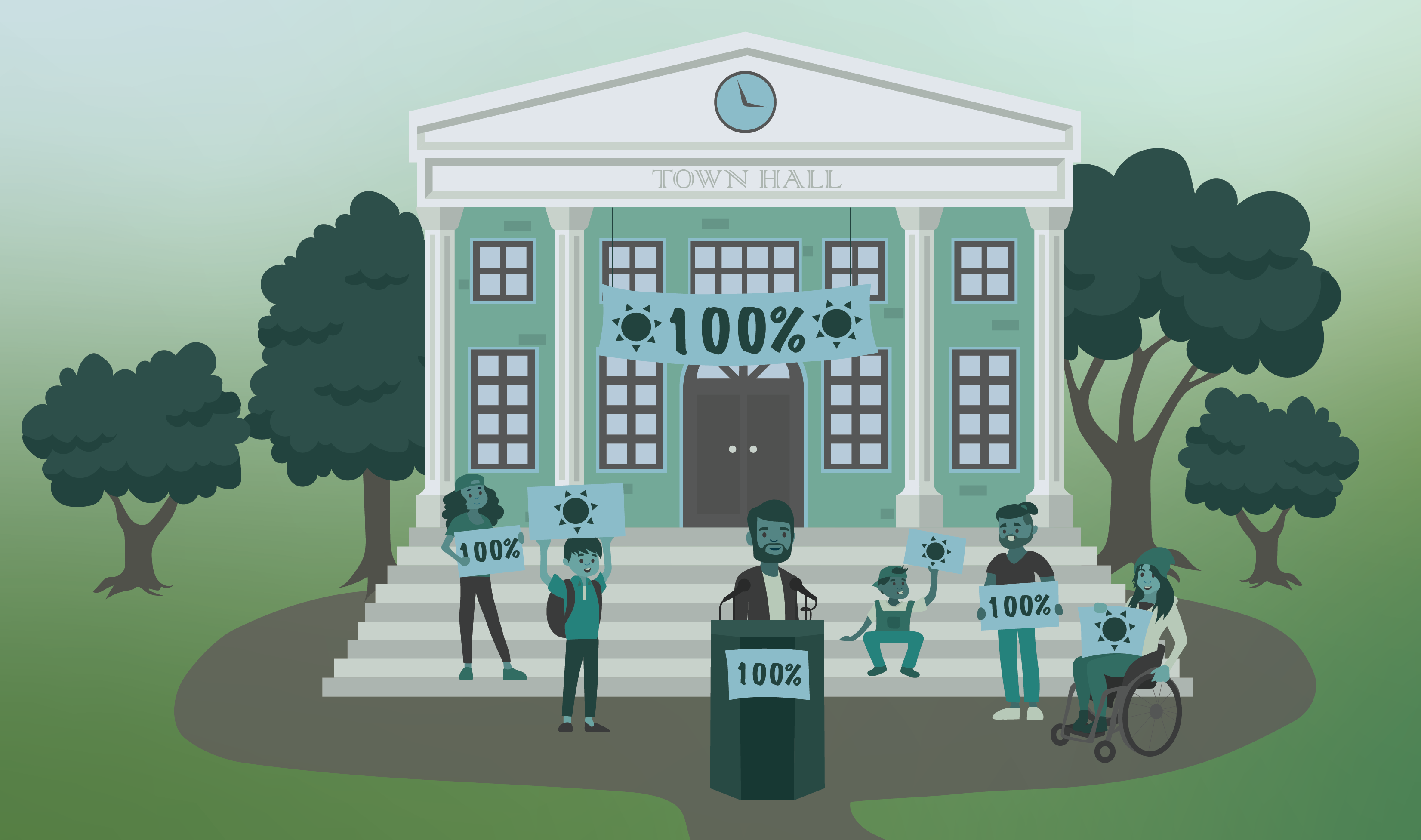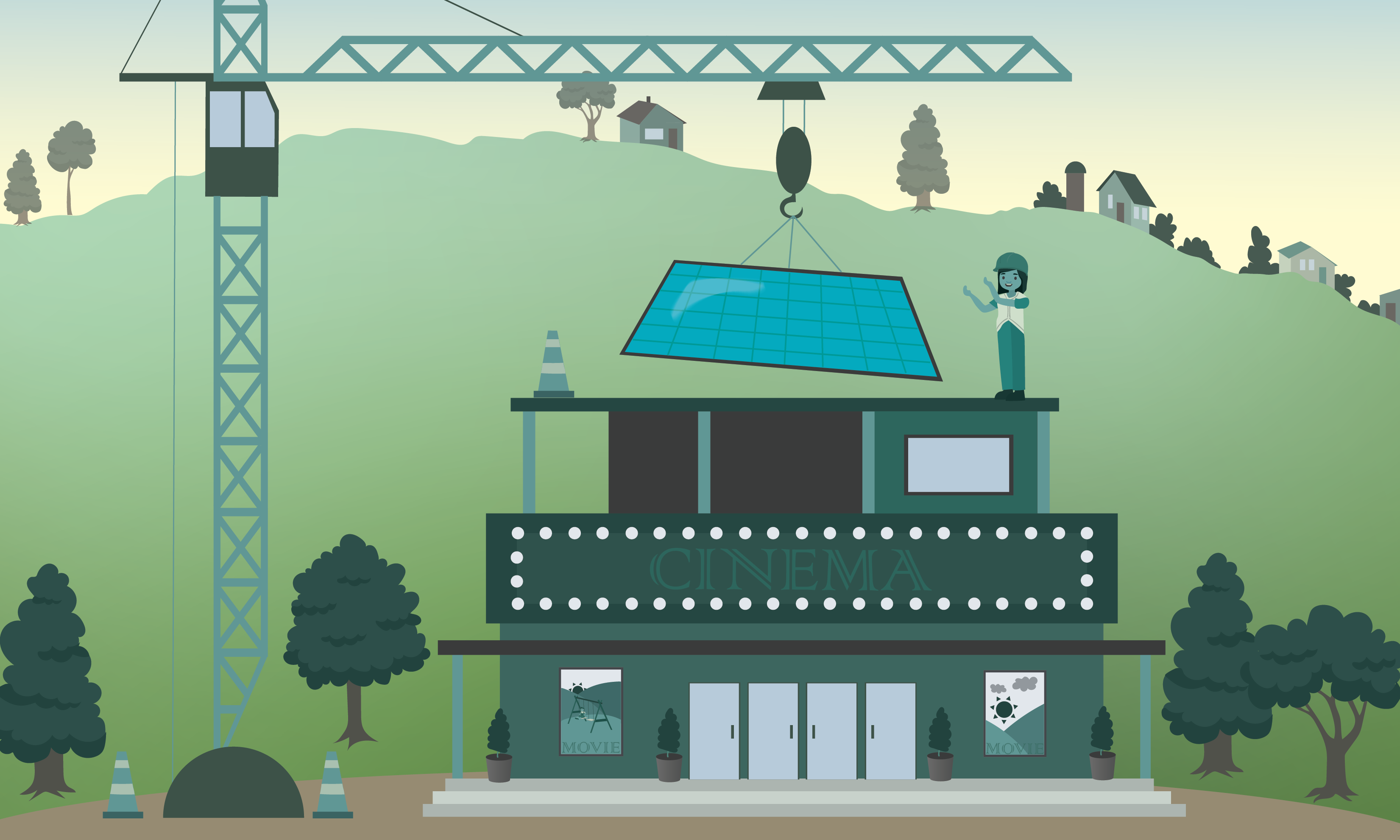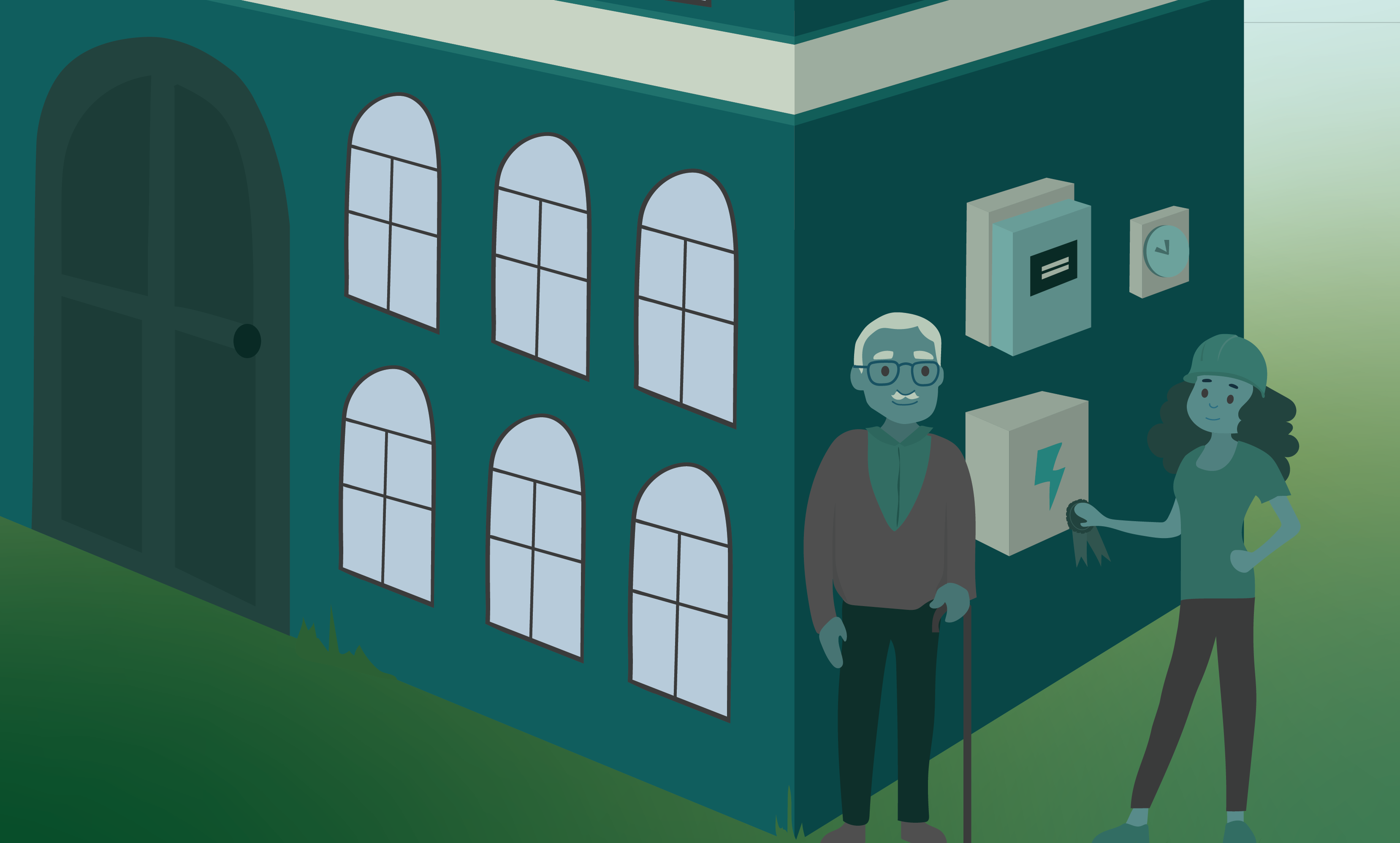Three unexpected ways your city can go solar
America’s cities are leading the transition to solar energy. With millions of rooftops and lots of land well-suited to solar, it’s not hard to see why. Solar power installed in just the top 20 cities now exceeds that of the entire U.S. capacity in 2010.
A recent report shows cities the way forward

America’s cities are leading the transition to solar energy. With millions of rooftops and lots of land well-suited to solar, it’s not hard to see why. Solar power installed in just the top 20 cities now exceeds that of the entire U.S. capacity in 2010.
Two recent examples include Cincinnati, Ohio and Fairfax, Va. In the Buckeye State, Cincinnati just approved a thousand-acre, 310,000-panel solar farm. Even as a University of Michigan alumnus, I have to admit this is pretty cool. This one solar facility will power all of the city’s facilities, such as courtrooms, town hall, schools and more. Meanwhile, in the Old Dominion, the city Fairfax, Va. recently made power purchase agreements that will allow them to power more than 100 government buildings, county schools, and park sites with solar.
Cincinnati’s and Fairfax’s commitments are a sign of a broader national trend. This year, the U.S. reached enough installed solar capacity to power the equivalent of 13.5 million american homes — about 2.5 million more than last year.
But there are some general misconceptions people have when it comes to solar energy. When most people think of what it means to “go solar,” an array of panels on top of a single-family residential home comes to mind. While this is often the case, solar power can take plenty of different forms in our cities and towns.
Environment America Research & Policy Center recently released a toolkit, Ten Ways Your Community Can Go Solar, highlighting ways — some obvious and some more creative — that cities can support the continued growth of solar energy. You can dig into all of the ten tips here, but I wanted to take a moment to highlight a few that I think everyone should know about.
Community solar
Community solar is one way that communities across the country are bringing the benefits of solar energy to renters and homeowners whose property isn’t suitable for solar installations. If you live in a big apartment building on the first floor, for example, it’s not so easy just to throw panels up on the roof of the tenth floor.
The basic concept behind community solar is that customers — people, businesses or institutions — can be part of a solar project that isn’t on their own roof. Community solar projects expand access to solar by allowing customers to tap into clean energy who otherwise might not be able to.
In the Spokane Valley of Washington state, Avista Utilities partnered with the third party organization Clean Energy Collective to build a community solar array serving more than 500 residential and commercial customers. There are countless examples like this across the country, and cities should consider implementing more of them.

Build all new homes with solar panels
Another one of my favorite ways that cities are going solar is by setting the standard that all new homes be built with solar already on them. The best example of this is the city of Lancaster, Calif., which passed the first solar homes policy for new homes in 2014. This led to dozens more cities following suit and ultimately a landmark policy for a solar mandate for new homes state-wide that went into effect on January 1st of 2020. The easiest and cheapest time to put solar on a home is when builders are already on the roof, making these policies a no-brainer for ensuring that solar energy becomes the default in more communities across America.

Improve the permitting process
Lastly, the permitting process for residential and other small-scale solar projects can be overly burdensome and expensive, preventing people from going solar. Cities that have been successful in incorporating solar energy have solved this problem by removing red tape: creating one-stop shop permitting checklists, removing unnecessary fees and costs, and guarding homeowner’s rights to generate electricity with all sunlight that hits their property through a by-right accessory use ordinance in all zones. These might seem like small, inconsequential steps, but they have been proven to set the stage for a smooth and speedy transition to solar in cities across America.

As the country continues to harness more solar energy, it’s important that our decision makers know the best policies and learn from the best examples across the country. I’m inspired by the stories in the 10 Ways toolkit, and I look forward to working with elected officials across the country to help their cities join the movement toward a society powered by clean, renewable energy.
